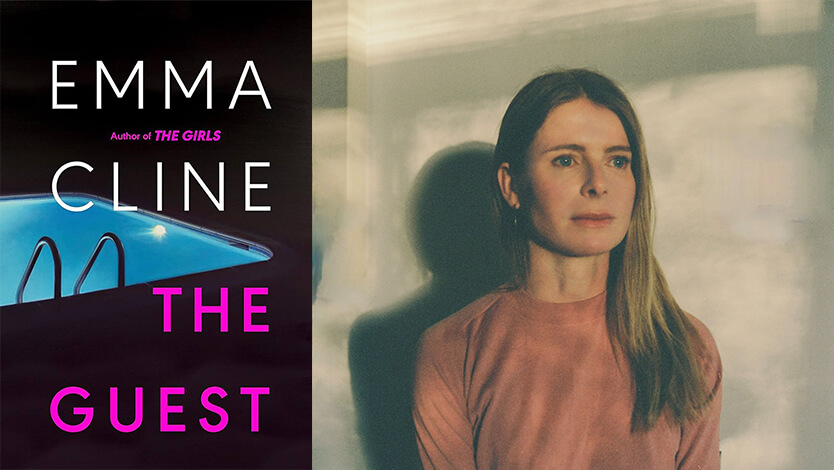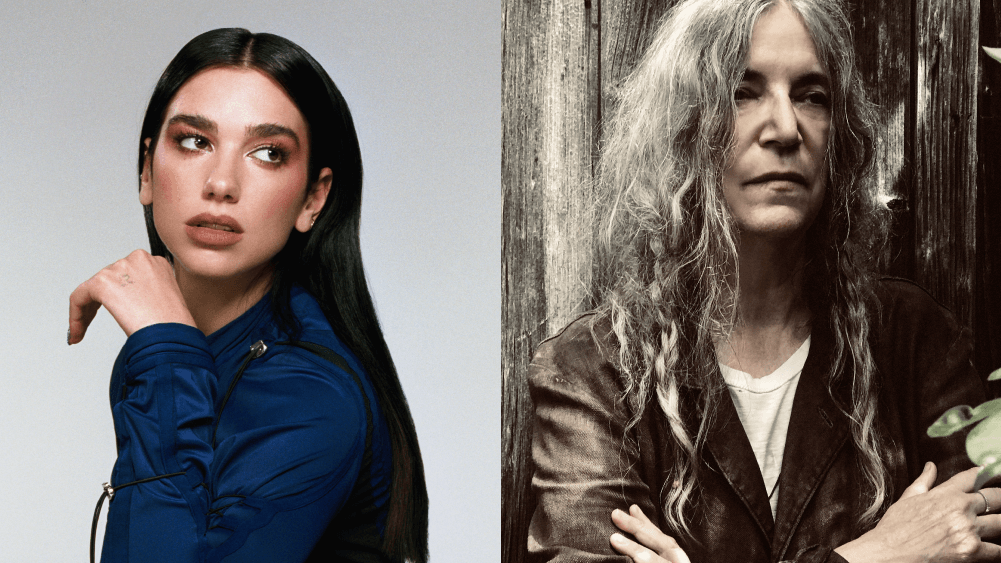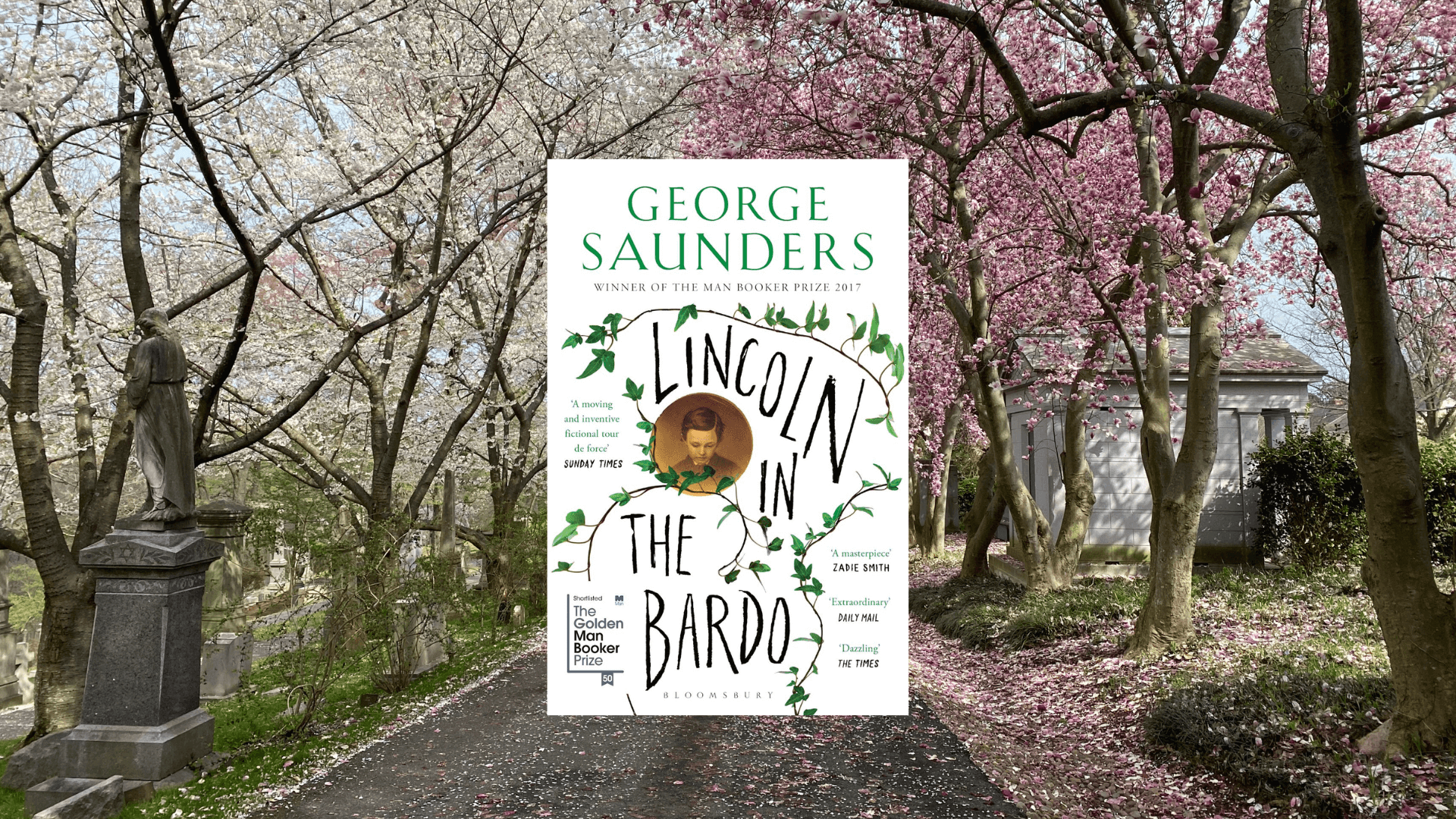Coca-Cola For Breakfast & Manuscripts In The Freezer: The Enduring Appeal Of Joan Didion
The year is 1968, and a woman in a dress and sandals, sleek, with wide eyes and long hair, is leaning up against her yellow Corvette Stingray; her expression distant, as though distracted, dabbing a cigarette. You could be fooled into thinking she was a rockstar, actor or model; however, the portrait commissioned by Vogue is of the writer and journalist Joan Didion.
Everybody wants to be Joan. From drinking a cool can of Coke in the morning to keeping manuscripts in the freezer; her love of John Wayne; the dry sense of humour; the sunglasses; the cigarettes; the bourbon – nobody does chic like Didion.
Born in Sacramento, California, in 1934, Didion was, by her own account, a “shy, bookish child”. At age five, she was handed a notepad intended to “stop [her] whining and learn to amuse” herself. The notepad, however, would take Didion to Berkeley in 1953 and onto the New York offices of Vogue magazine in 1956.
Didion won a place at the fashion magazine through the prestigious Prix de Paris essay competition, writing for Vogue for eight years (from 1956 to 1964), producing essays such as On Self-Respect and publishing her first novel, Run River, in 1963. “Vogue was an eccentric and, in some ways, an exotic education, but there was about it an invigorating strictness,” she wrote later, in 1992.
New York was also where Didion met her husband – the writer and her frequent collaborator, John Gregory Dunne. The two were inseparable, despite being entirely opposites. “I did not always think he was right, nor did he always think I was right, but we were each the person the other trusted,” Didion wrote in The New York Times in 2005.
The two married, moved to California in 1964, and adopted a daughter, Quintana, in 1966. Dunne and Didion’s differences made the couple a perfect professional duo, able to mark up up each other’s work. When they moved to California, they collaborated on a number of screenplays, including The Panic in Needle Park (1971) and A Star is Born (1976). “I have never been quite clear what ‘Going Hollywood’ meant exactly, except that as a unique selling proposition, it’s a lot sexier than ‘Going University of Iowa Writers’ Workshop’,” joked Dunne.
For the next 22 years, Didion produced some of her best work, from critiquing hippie culture in Slouching Towards Bethlehem (1968) to reflecting on the Manson Murders, Jim Morrison and The Doors in her essay The White Album (1979).
In 1988, the family returned to New York, and Didion’s writing shifted focus from introspective pieces to political observation-based journalism, such as Salvador (1983), After Henry (1992), and Political Fictions (2001). However, the changes in Didion’s style did not last, after the devastating events of 2003.
Didion and her husband had just returned to their apartment from visiting a seriously ill Quintana in hospital when Dunne had a heart attack and died. Quintana passed away in 2005.
“Nothing I read about grief seemed to exactly express the craziness of it,” Didion told New York Magazine in 2005. So, Didion returned to the page to provide a voice to grief. The worst years of her life are depicted in two memoirs: The Year of Magical Thinking (2005), later made into a play, and Blue Nights (2011).
Didion was a private person, never expressing much about her personal life, but her raw, honest viewpoint never wavered. From her family years in California to her starkly honest portrayal of grief and personal insights, Didion wrote from a central place of strict honesty, her voice and command transcending generations: her words open Greta Gerwig’s 2019 debut film Lady Bird (“Anybody who talks about California hedonism has never spent a Christmas in Sacramento”); and 80-year-old Didion modelled in a Céline eyewear campaign in 2015.
Didion passed away in 2020, leaving an indelible legacy. In 2022, her possessions were auctioned in an estate sale, giving her many ardent fans the chance to own a piece of her life – from her typewriter and blank notebooks to her famous sunglasses. Even after all these years, everybody still wants to be Joan.
Jamie Styles is Service95’s Digital Editorial Assistant




